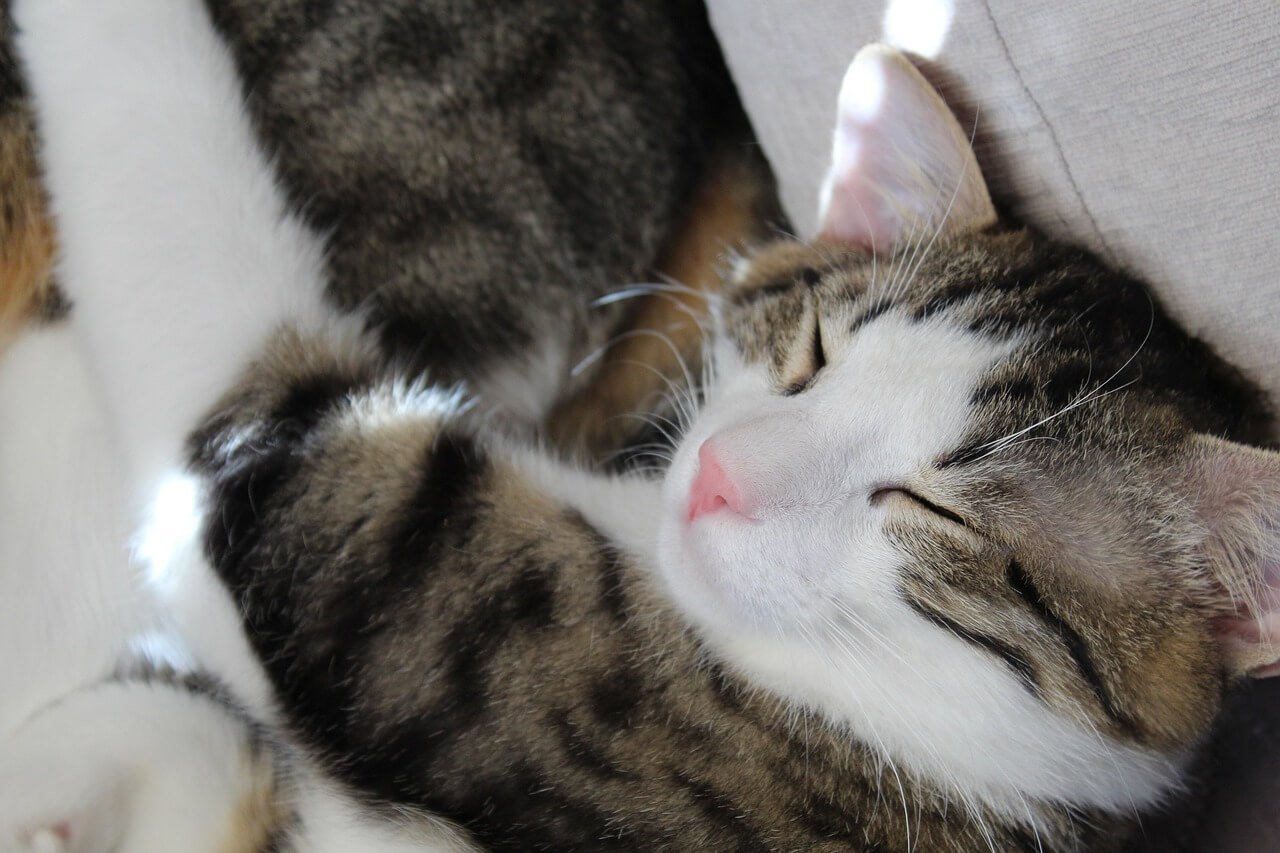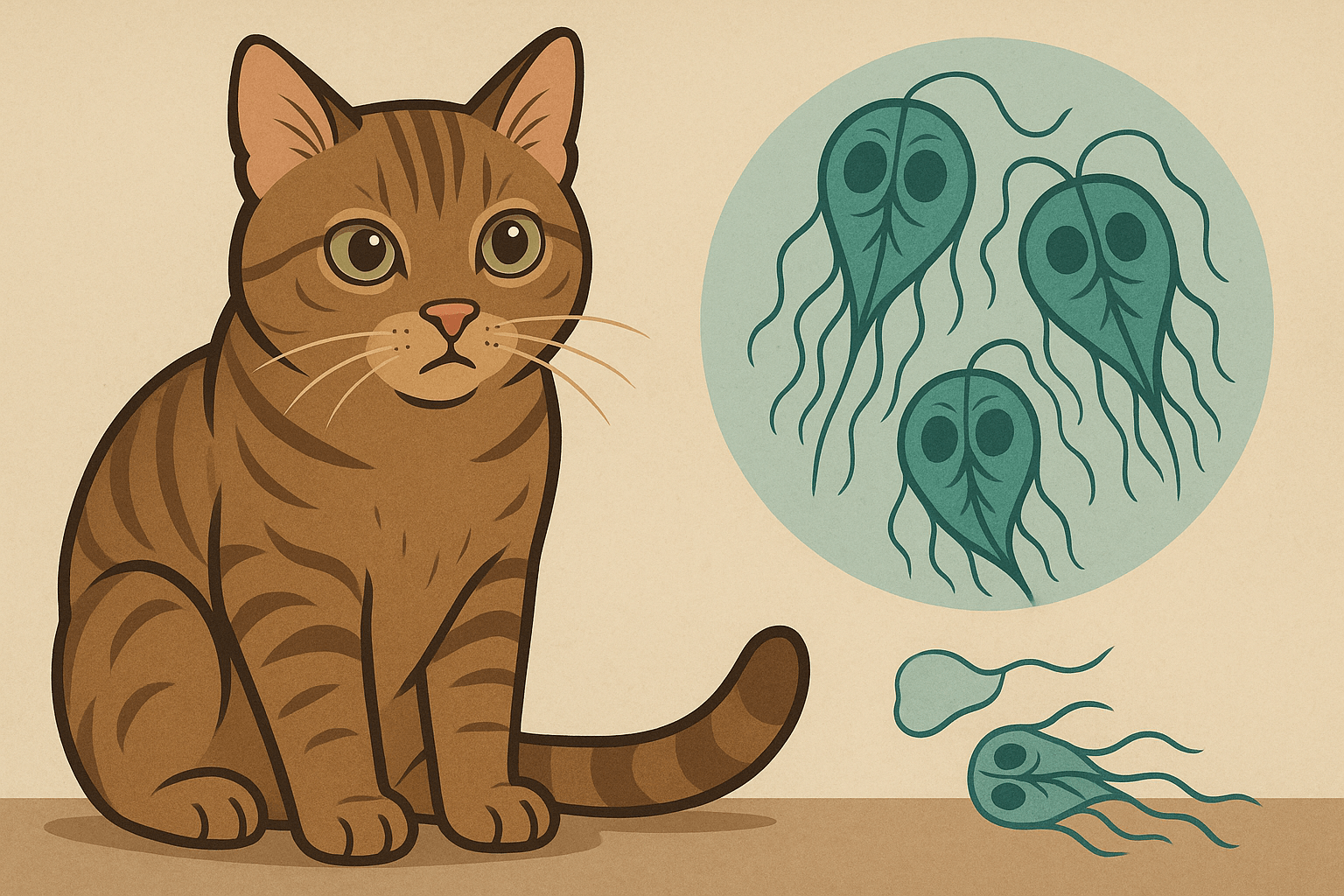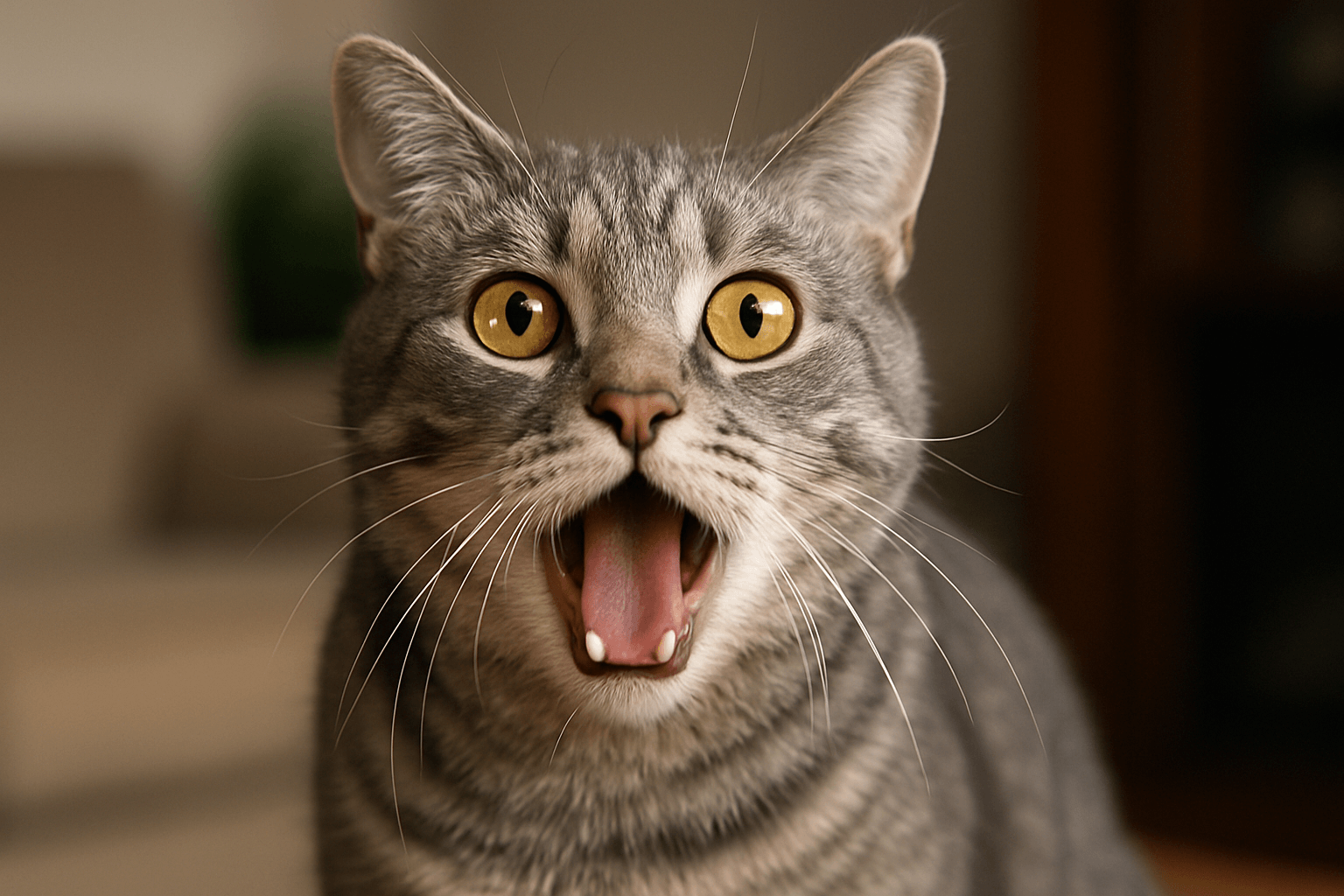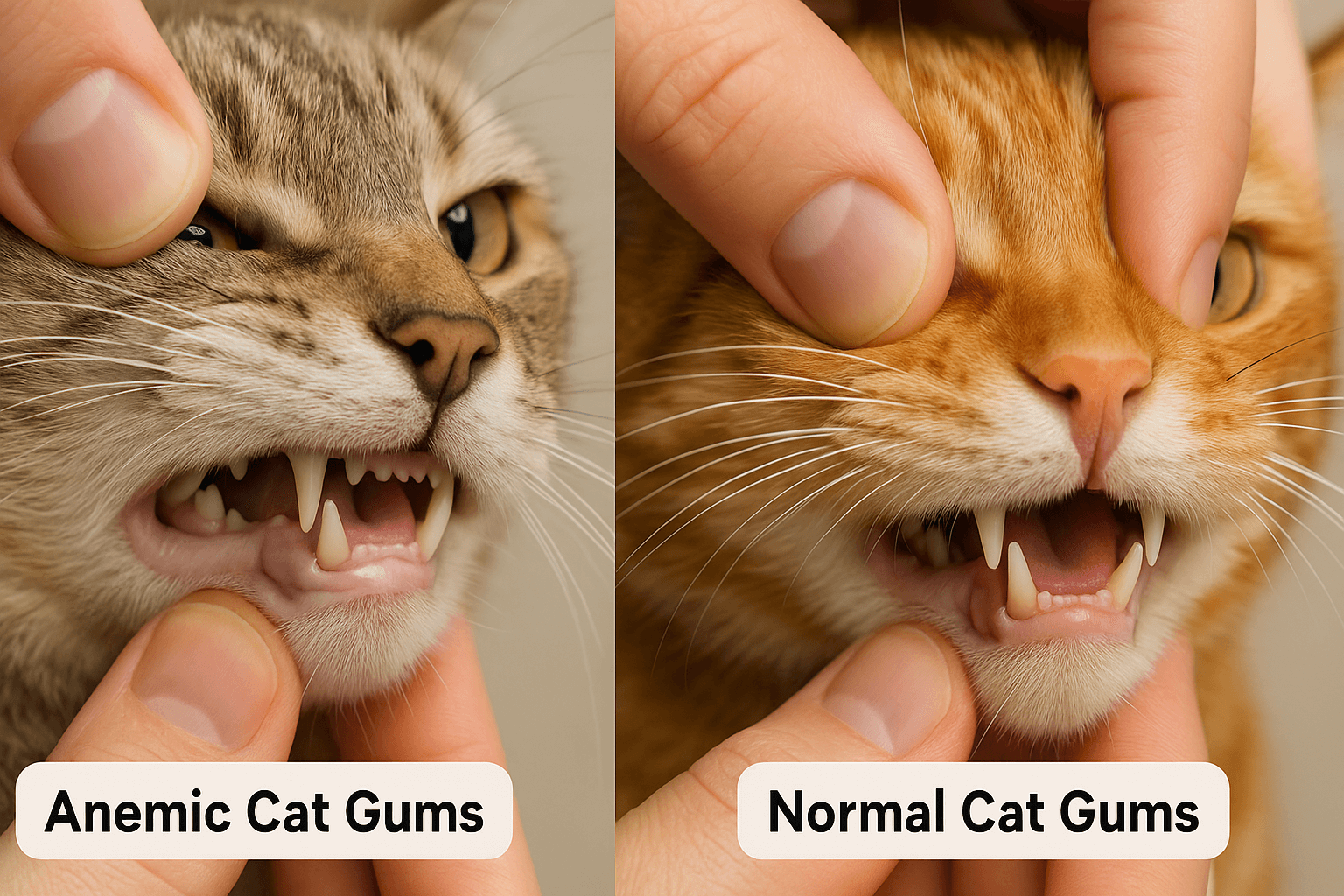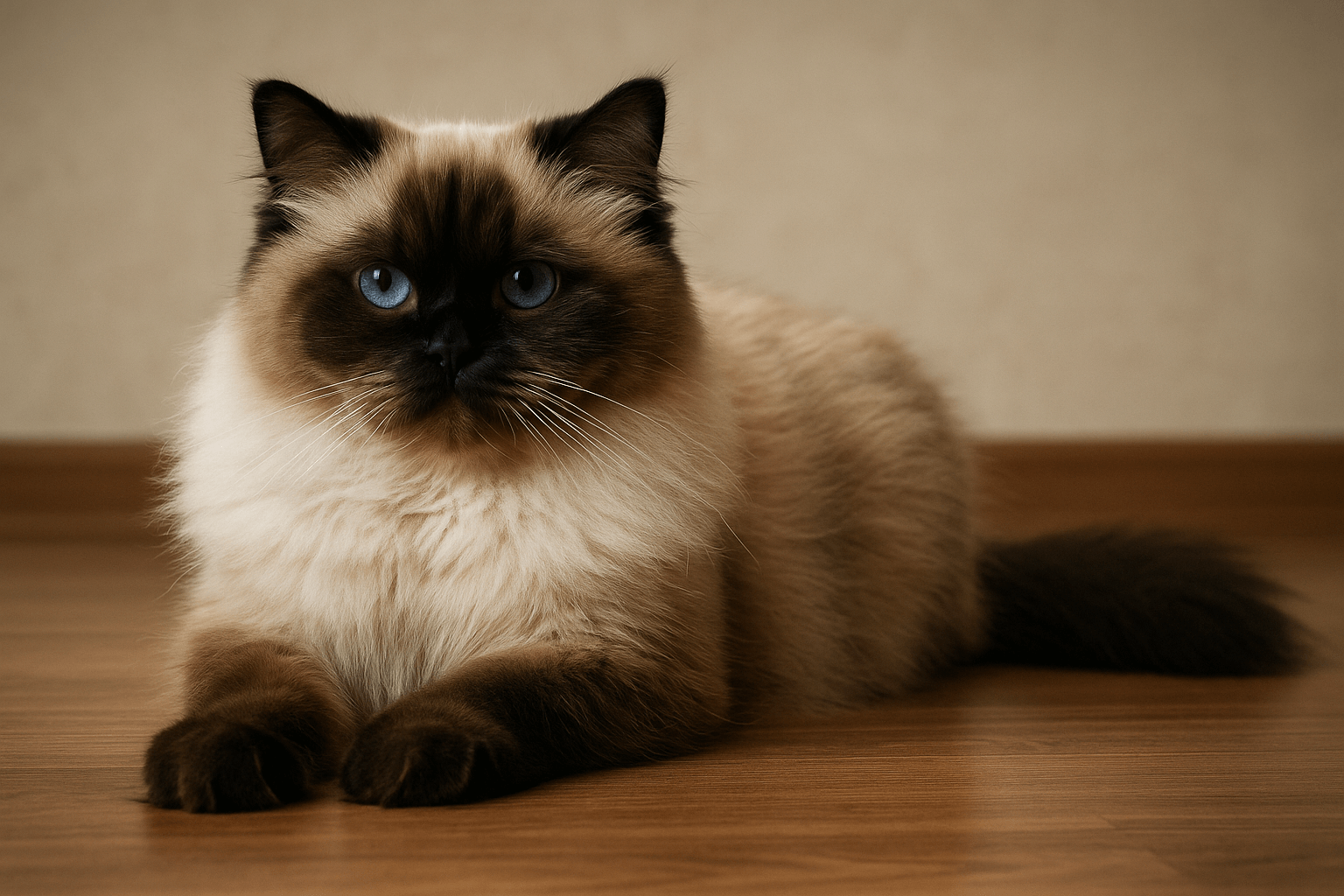My Cat Loves Belly Rubs: What It Means and How to Respond
It’s a rare but delightful experience when your cat flops over, exposing their belly for rubs. While many cats are known for being cautious about this vulnerable area, some felines can’t get enough of belly rubs—and it’s a joy to witness. But why does your cat love belly rubs, and what does this behavior signify? Understanding the reasons behind this affectionate gesture can deepen your bond and help you respond in a way that keeps your cat happy and comfortable. In this article, we’ll explore the meaning of belly exposure, tips for giving the best belly rubs, and how to respect your cat’s boundaries.
The Meaning Behind the Belly Roll: A Sign of Trust or Playfulness
When your cat rolls onto their back and shows their belly, they’re communicating something important. This behavior is deeply rooted in feline body language and can mean different things depending on the context. Here are some common reasons why cats expose their bellies:
Sign of Trust :
Rolling onto their back leaves them vulnerable, so it indicates they feel safe and secure with you.Invitation to Play :
Some cats use belly exposure as a playful gesture, inviting interaction or a mock “attack.”Comfort and Relaxation :
Cats who roll over while lounging are simply stretching and enjoying themselves.Marking Territory :
Rubbing their back against surfaces marks their scent, reinforcing ownership of their space.Temperature Regulation :
On warm days, exposing their belly helps cool down their body temperature.
Understanding these motivations can help you interpret what your cat is trying to communicate. Whether it’s trust, playfulness, or comfort, belly exposure is always meaningful.
How to Tell If Your Cat Loves Belly Rubs
Not all cats enjoy having their bellies touched, even if they frequently expose them. However, if your cat genuinely loves belly rubs, there are clear signs to look for. These behaviors indicate that your cat is comfortable and happy during the interaction.
Purring Loudly :
A content cat will often purr while receiving belly rubs, signaling enjoyment.Kneading Their Paws :
Gentle paw movements against your hand show they’re relaxed and trusting.Slow Blinking :
Slow blinks are a sign of affection and trust, often seen during belly rub sessions.Stretching Out Fully :
When your cat stretches out and stays still, they’re savoring the moment.Returning for More :
If your cat comes back for additional belly rubs later, they clearly love the attention.
These signs confirm that your cat enjoys belly rubs and feels safe with you. Always pay attention to their cues to ensure the experience remains positive.
Check this guide 👉Why Does My Cat Love Me So Much? Best 7 Expert Tips!
Check this guide 👉Does My Cat Know I Love Her? Best 7 Expert Tips!
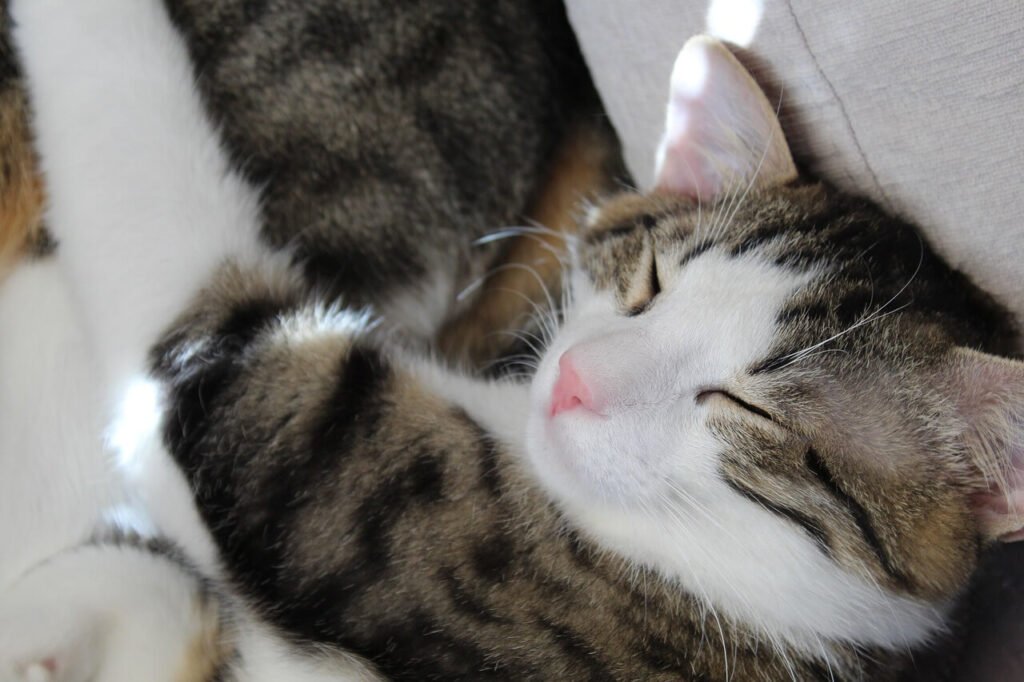
Signs Your Cat Loves Belly Rubs | Signs Your Cat Doesn’t Enjoy It |
|---|---|
Purring loudly | Swatting or biting your hand |
Kneading their paws | Flattening ears or hissing |
Slow blinking | Quickly rolling back upright |
Stretching out fully | Attempting to escape |
Returning for more | Showing signs of stress or tension |
Mastering the Art of Belly Rubs: How to Make Your Cat Happy
Giving belly rubs to a cat who loves them requires finesse and attentiveness. Follow these tips to ensure your cat enjoys every moment without feeling overwhelmed.
Start Slowly :
Begin with gentle strokes to gauge their reaction before going deeper into the belly.Use Soft Touches :
Avoid applying too much pressure; keep your touch light and soothing.Watch for Cues :
Pay close attention to your cat’s body language and stop if they seem uncomfortable.Focus on Preferred Areas :
Some cats prefer certain spots, like just below the chest or along the sides of the belly.Incorporate Play :
Combine belly rubs with interactive toys to make the session more engaging.
By following these tips, you can create a positive and enjoyable experience for both you and your cat. Remember, every cat is unique, so tailor your approach accordingly.
Knowing When to Stop: How to Respect Your Cat’s Wishes
Even if your cat loves belly rubs, it’s essential to recognize when they’ve had enough. Cats value their independence, and respecting their boundaries strengthens your relationship. Here’s how to ensure you’re mindful of their limits:
Look for Tail Flicking :
Rapid tail flicking can indicate irritation or overstimulation.Notice Paw Movements :
If your cat starts batting at your hand lightly, they might be signaling discomfort.Avoid Sudden Movements :
Jerky or unexpected touches can startle your cat and ruin the mood.Give Them Space :
Allow your cat to move away or end the session if they seem uninterested.Don’t Force Interaction :
If your cat isn’t in the mood, wait until they initiate contact again.
Respecting your cat’s boundaries ensures that belly rubs remain a cherished part of your bond. Always prioritize their comfort and consent.
Decoding the Invitation: How to Know When Your Cat Wants a Belly Rub
Cats are masters of non-verbal communication, and they have subtle ways of letting you know they’re in the mood for belly rubs. Recognizing these signs can help you respond appropriately and strengthen your bond. Here’s what to look for:
Rolling Onto Their Back :
A full-body roll with paws in the air is a clear invitation for interaction.Stretching Out Relaxed :
If their legs are splayed out and their body looks loose, they’re likely feeling comfortable.Vocalizing Softly :
Gentle meows or chirps while exposing their belly may indicate they’re seeking attention.Leaning Into Your Touch :
If they press closer when you pet them, they’re encouraging more contact.Following You Around :
Cats who follow you while exposing their belly are actively seeking engagement.
These behaviors show that your cat trusts you and wants to share a tender moment. Always approach gently to maintain their comfort and confidence.
Beyond Affection: Why Belly Rubs Are Good for Your Cat
Belly rubs aren’t just about bonding—they also offer physical and emotional benefits for your feline friend. Understanding these advantages can highlight why this interaction is so cherished by cats who love it.
Promotes Relaxation :
The gentle touch releases endorphins, helping your cat feel calm and content.Encourages Trust :
Allowing access to their vulnerable belly reinforces the bond between you and your cat.Improves Circulation :
Light strokes can stimulate blood flow to their skin and muscles.Reduces Stress :
Positive physical contact lowers cortisol levels, easing anxiety or tension.Strengthens Emotional Connection :
Mutual affection through belly rubs deepens your relationship over time.
By providing belly rubs, you’re not only making your cat happy but also contributing to their overall well-being. It’s a win-win for both of you!
Clearing Up Confusion: What You Need to Know About Belly Rubs
There are many myths surrounding belly rubs and why cats expose their bellies. Dispelling these misconceptions can help you better understand your cat’s behavior and respond appropriately.
Myth: All Cats Enjoy Belly Rubs :
Fact: While some cats love them, others may find belly touches uncomfortable or intrusive.Myth: Rolling Over Always Means Playtime :
Fact: Sometimes it signals relaxation rather than an invitation to play rough.Myth: Belly Exposure Equals Submission :
Fact: Unlike dogs, cats don’t view belly exposure as submissive—it’s more about trust.Myth: Biting During Belly Rubs Is Aggressive :
Fact: It’s often a sign of overstimulation or playful behavior, not hostility.Myth: Every Cat Will Tolerate Belly Rubs Once They Trust You :
Fact: Even trusting cats may dislike belly rubs due to personal preferences or past experiences.
By separating fact from fiction, you can approach belly rubs with greater understanding and respect for your cat’s individuality.
Frequently Asked Questions About Cats Who Love Belly Rubs
Is it normal for a cat to love belly rubs?
While not all cats enjoy belly rubs, some do find them pleasurable due to trust and relaxation.
Can I train my cat to like belly rubs?
You can build trust gradually, but forcing it won’t work—some cats simply don’t enjoy it.
Why does my cat bite me during belly rubs?
Biting could mean overstimulation or that they’re engaging in play rather than aggression.
Should I stop if my cat rolls back upright quickly?
Yes, this likely means they’ve had enough or didn’t want belly rubs in the first place.
Do older cats enjoy belly rubs less?
Older cats may be less inclined due to arthritis or reduced energy, but it varies by individual.
Final Thoughts: Celebrating Your Bond Through Belly Rubs
If your cat loves belly rubs, consider yourself lucky—they’re showing you immense trust and affection. By understanding their body language, respecting their boundaries, and providing gentle, attentive care, you can nurture this special connection. Remember, every cat is different, and their preferences reflect their unique personality. Whether you’re sharing cozy moments or playful interactions, cherish the joy your cat brings into your life. After all, there’s nothing quite like the happiness of a contented feline—and the bond you share is truly priceless.
Giardia in Cats: Best 7 Expert Tips! Discover expert advice on identifying, treating, and preventing giardia in cats to ensure your feline stays happy and healthy.
Cat Hyperventilating: Best 7 Expert Tips! Discover signs, causes, and solutions for cat hyperventilation. Learn how to calm your cat and when to seek veterinary care for their breathing issues.
Anemic Cat Gums vs Normal: Best 7 Expert Tips! Learn to spot signs of anemia in cats, understand gum health, and ensure your feline stays happy and healthy with expert advice.
Himalayan Cat Size: Best 7 Expert Tips! Discover expert advice on Himalayan cat size, growth factors, care tips, and how to ensure your feline stays healthy and happy.

